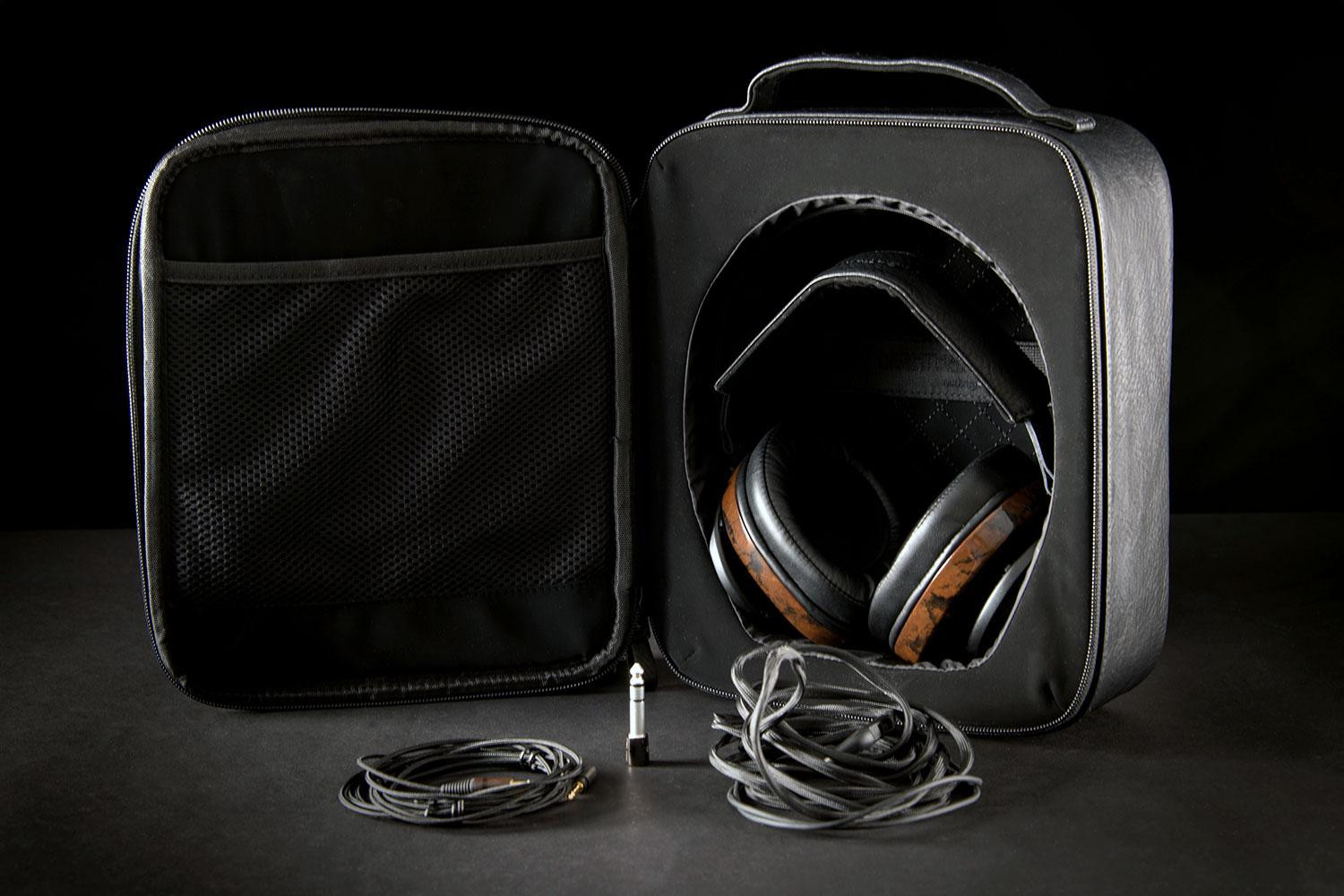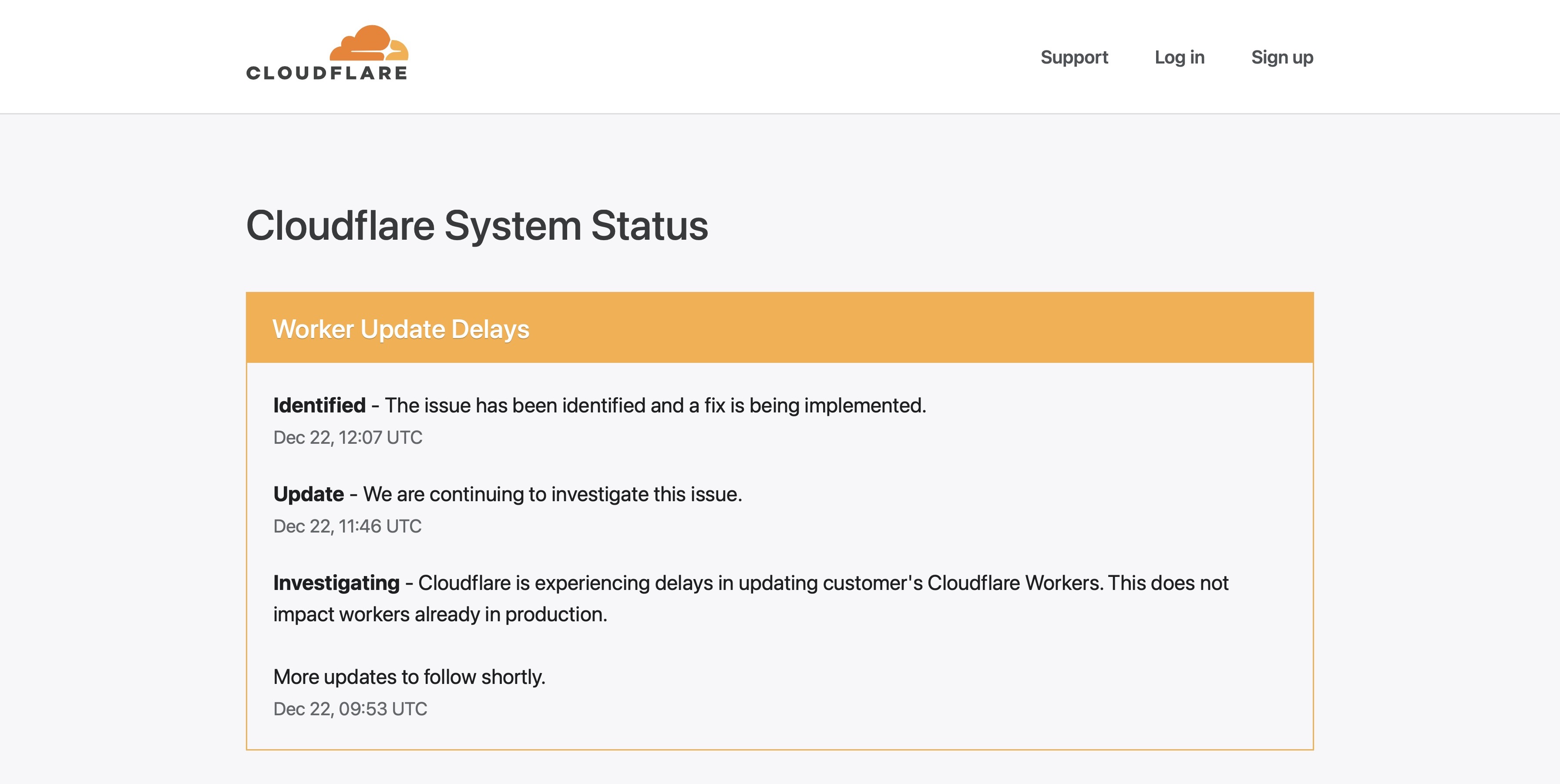Happy New Year from Japan!
2020 was a tough year for many of us. COVID-19 swept across the world and ruined relationships, careers, and lives – too many lives.
I sincerely hope 2021 will be better.
Personally, COVID-19 did not have a huge impact on my life. On the contrary, 2020 was my best year yet – both personally and financially. We spent the first half of the year in the US, and the second half in Japan. During that time, we witnessed J growing up way too fast. In January, he could barely walk. In December, we realized we couldn’t keep up with him anymore.
J has too much energy, and I officially feel old.
Here are a few of my thoughts going into 2021. I’m not going to call them resolutions because I think they’re preposterously stupid.
- Writing and podcasting will be my two core creative focuses in 2021. I have a few podcast collaborations in the works, and will be ending Brian On WP because I’ve come to the conclusion that WordPress podcasts are dead. I know that’s a hot take – more on that in an upcoming post.
- I started dollar cost averaging into Bitcoin and Ether at $4,000 and $90, respectively. I plan on continuing that strategy, as 2021 is looking bright for blockchain and crypto. Fingers crossed.
- I desperately want to spend less time on my phone in 2021. To help that cause, I upgraded from an iPhone 11 Pro Max to an iPhone 12 mini. I think it’s the best iPhone I’ve ever owned because I find myself only using it as a phone and messaging device. Watching videos and playing games on a tiny screen is no fun, and that’s my favorite aspect of the iPhone 12 mini.
- I wish people would stop blaming 2020 on 2020. My social media feeds are filled with variations of, “F*** 2020”. 2020 and 2021 are merely numbers in our arbitrary calendar system. Instead of spewing profanity at “2020”, how about calling out all the idiots instead? 2020 sucked, but there’s no guarantee 2021 will be any better. Stop blaming numbers. Blame the idiots.
- I’m extremely bullish on Apple going into the next decade.
Happy New Year, and stay safe out there.

